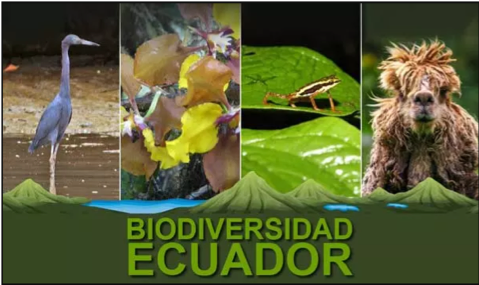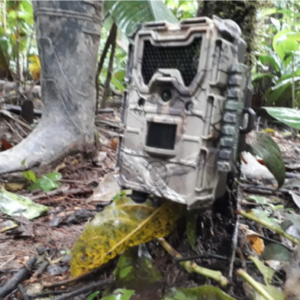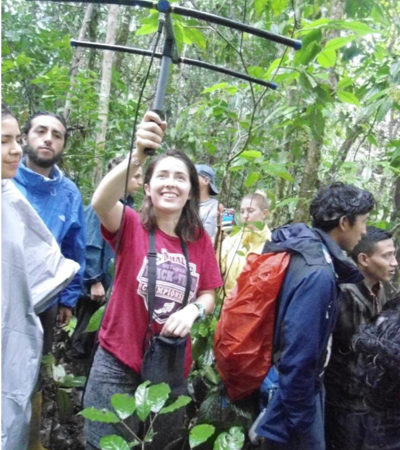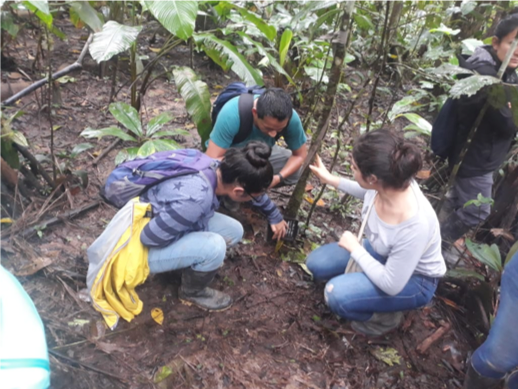Ecuador is one of the 17 most mega-diverse countries in the world. From a geographical point of view it is small, but is the most extensive in terms of its many different regions which include: the Galapagos Archipelago, the Pacific Coast, the Andes Mountains and the Amazon Basin, Andean mountain landscapes, tropical dry forests and rainforests, badlands and snowy volcanoes, glacial and tectonic lakes, and mangrove forests.
With an area of just 0.1% of the Earths total surface area, Ecuador is home to the most animals and plants per km squared in the world.
The “Amazoonico” Wildlife Rescue Center was the scene of the Wildlife Monitoring Workshop held in July 2019. It is located 3 km from the parish head of Ahuano and 600 m from Puerto Barantilla, in the province of Napo. “Amazoonico”, is located within the “Selva Viva” Protective Forest, with an area of 1,400 hectares.
María José Luzuriaga of the Biocorredor El Armadillo team, participated in this workshop with the objective of learning about information processing techniques, software for wildlife monitoring, and other biodiversity conservation projects in the country.

Camera Traps for Wildlife.
Technological progress has facilitated monitoring processes in wildlife conservation projects. The camera traps are one of the most current techniques and have yielded excellent results as they allow researchers and the surrounding community to approach in the areas under wildlife study. They also manage to attract the attention of viewers in general and thus generate greater awareness about biodiversity. With the camera traps unique spontaneous, natural and unrepeatable photos are produced. The camera trap changes the way we see nature, for example, when camera traps are placed we could see several surprises, one of them is to see species that were once thought to be very rare or that were at risk of extinction
Amongst the objectives of studying using camera traps are the following
Determine the presence/absence of species
Estimate the diversity of species
Estimate the relative abundance of land vertebrates
Estimate the density of species
Define patterns of specie activity
Detect behaviour of registered species
Wildlife radio telemetry.
Another of the most common ways of wildlife monitoring is radio telemetry.
Telemetry refers to the remote transmission of information by means of electromagnetic waves, usually by radio waves, through water or air. Radio telemetry applied to the study of wildlife can be defined as the transmission of information from a transmitter, placed on an animal in the wild, to a receiver.
The Wildlife Monitoring Workshop was an event organized by the Andean Bear Foundation in collaboration with the IKIAM Amazon Regional University and lasted 72 hours.




